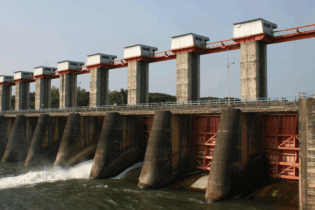The East African Community Secretariat (EAC), in partnership with the African Development Bank (AfDB) has launched a settlement payment integration project to boost payment and settlement systems in the region.
The EAC, with its headquarters in Arusha, Tanzania, launched the EAC Payment and Settlement Systems Integration Project (EAC-PSSIP) which aims to enhance convergence and regional integration of payment and settlement systems, strengthen a harmonised legislative and regulatory financial sector, and build capacities in the partner states. The US$23 million (R247 million) project is funded by the AfDB. EAC Deputy Secretary General in charge of Planning and Infrastructure, Dr Enos Bukuku said at the launch that financial sector integration will bolster the liquidity of the region’s capital markets and create financing avenues for investors and issuers. This will make the EAC region a more viable destination for both foreign and domestic investment.Bukuku said the EAC, in collaboration with various development partners, is already working towards establishing a single market in financial services at regional level among the EAC Partner States. This will be done to support the broadening and deepening of the financial sector development of financial markets infrastructure.
The Governor of the Central Bank of Kenya, Prof Njuguna Ndung’u said that this is an important project in light of the proposed East African Monetary Union. He said the role of the Partner States’ Central Banks is to ensure there is transparency in the use of the funds provided by AfDB. The use of the funds will therefore be monitored through the Project Steering Committee and the National Core Teams which have already been constituted by the central banks. Bukuku called for stronger cooperation among the partner states in terms of financial inclusion, a robust legal and regulatory framework, adherence to international principles as well as the development of financial markets infrastructure






